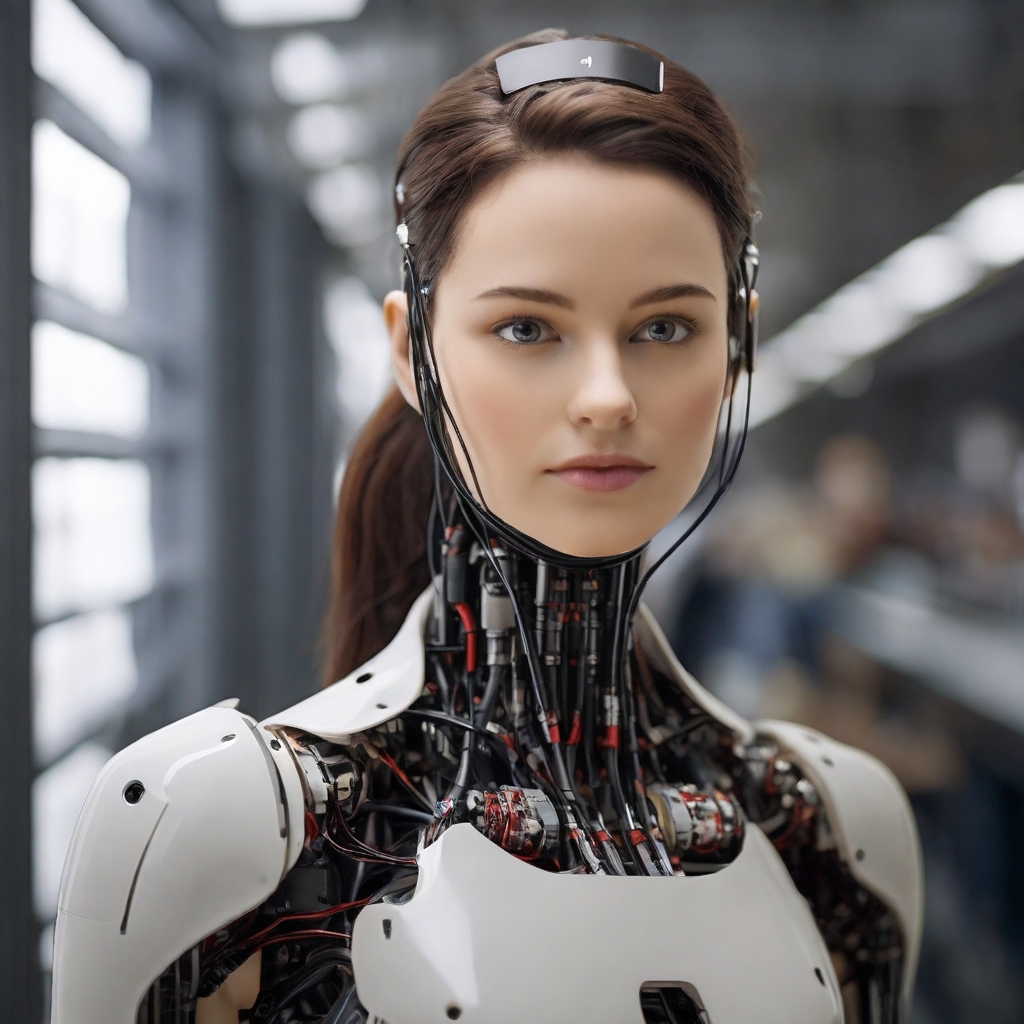Recent headlines have sparked concerns about the potential threat of artificial intelligence (AI) to human employment. However, a new study from MIT, funded by the MIT-IBM Watson AI Lab, suggests that the widespread replacement of human workers by machines might not be as imminent as some fear.
Cost-benefit analysis of AI implementation
The MIT study focused on the integration of computer vision systems, a specific subset of AI, in various work settings. Contrary to the doomsday predictions, the findings indicate that the economic justification for implementing AI often falls short. The study revealed that while 36% of jobs in U.S. non-farm businesses have tasks exposed to computer vision, only 8% have tasks with enough economic benefits to justify automation.
In practical terms, this means that for many occupations, especially those with low wages and repetitive tasks, the cost savings introduced by AI automation are not significant enough to outweigh the expenses associated with developing, deploying, and maintaining the AI systems.
Case study: AI in bakeries
An illustrative example from the study involves the potential use of computer vision in a bakery. One task performed by bakers is visually checking ingredients for quality, which could be replaced by a computer vision system. However, the study calculates that the cost savings from automating this task, equivalent to roughly $14,000 per year for an average small bakery, fall below the expenses incurred in implementing the AI system. This highlights the economic challenges faced by small to medium-sized businesses in adopting AI technology.
Computer vision vs. multimodal AI
It’s essential to note that the MIT study primarily focused on computer vision, which is distinct from more dynamic AI systems like multimodal large language models, including OpenAI’s GPT-4. While computer vision is task-specific, multimodal AI models exhibit a broader range of capabilities, resembling cognitive tasks performed by humans. A recent OpenAI study estimates that 19% of U.S. workers could see 50% of their tasks impacted by advanced AI systems, indicating a more substantial potential effect on the workplace.
The MIT study acknowledges that while computer vision is capable of automating tasks representing 1.6% of worker wages in the U.S. economy, only about 0.4% could benefit from cost savings through such automation. Less dynamic AI systems are likely to automate fewer jobs and tasks effectively, making them less attractive for businesses, particularly smaller ones, due to implementation and operating costs.
Long-term cost savings and worker efficiency
One area where the study may fall short is the examination of cost savings over extended periods. While initial costs may not be recouped in the first year, over time, operational expenses for AI systems tend to decrease, eventually reaching a break-even point. Additionally, the study does not explore the potential value created when workers can redirect their time spent on automated tasks to other areas, potentially generating more revenue and offsetting AI-related costs.
The MIT study suggests that the widespread integration of computer vision systems is not as imminent as some might expect. While AI has transformative potential for the workplace, the economic feasibility of automation remains a critical factor. The study emphasizes that AI could be more of a complementary tool, increasing productivity and allowing human workers to focus on tasks that cannot be automated.
As the year progresses, more case studies and reports are expected to delve into AI’s impact on the workplace. The ongoing debate revolves around whether AI poses a substantial threat to human workers, making them redundant, or if it serves as a complementary tool that enhances productivity and allows for the evolution of job roles in response to technological advancements. As businesses navigate the complexities of AI adoption, a nuanced understanding of the economic implications will be crucial in shaping the future landscape of work.





